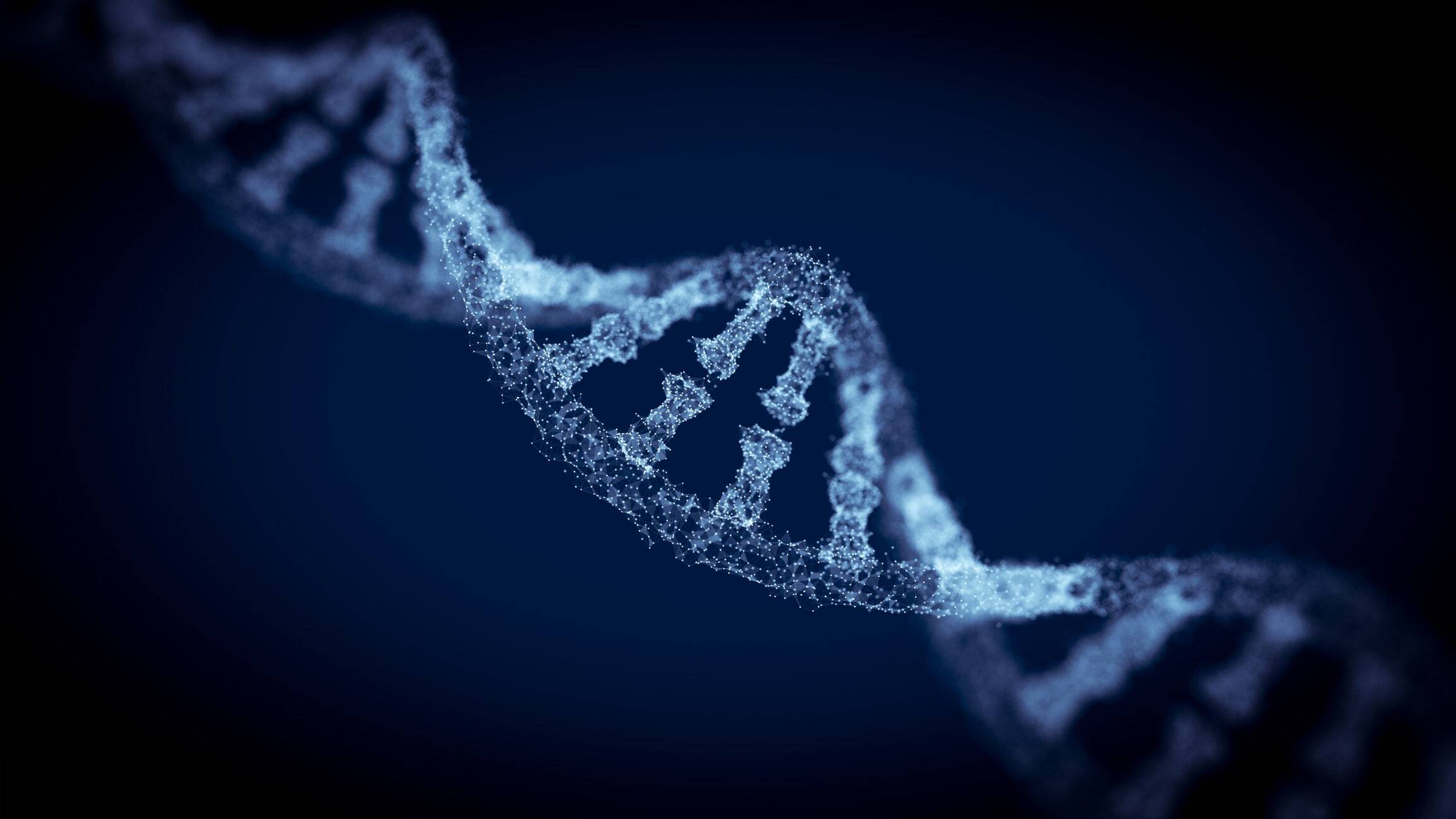The day marks the completion of the Human Genome Project in 2003, and the incredible discovery of the double-helix molecular structure back in 1953 by biologists Francis Crick and James Watson (with significant contributions made by Rosalind Franklin and Maurice Wilkins).
What does DNA day commemorate?
This celebration of scientific achievement looks specifically at honouring the history of genetics and the future of this field of science, as well as encouraging budding scientists to pay attention to the field and get excited about the careers, possibilities, and changes it could bring.
What do we know about the research into DNA?
In the early 1950s, Maurice Wilkins and Rosalind Franklin were working together on a project regarding the X-Ray diffraction of DNA. At the same time, British biologist Francis Crick and his young American Assistant, James Watson, were carrying out their own research. In 1953, Crick and Watson applied the research of Wilkins and Franklin to their own findings and published news of their eye-opening discovery - the DNA double helix.
The model that Crick and Watson published began to explain the replication of DNA and how it carries embedded hereditary information within it. From this first step in a new direction, molecular biology has come along leaps and bounds, with even the most recent of breakthroughs changing the way people live their lives.

What is a ‘gene’?
Whilst now, in 2020, we know huge amounts about genes and their capabilities, back in the 1950s, ‘gene’ was simply a general scientific term for a small unit of genetic information. Such was the stage of development in this field at the time, that scientists did not know what a gene looked like, neither as a form nor chemically. It was Crick and Watson (with the help of Mrs Crick’s artistic talent) who first published a visual basis for the double-helix structure of DNA in their 1953 research, giving a physical symbol and association to the word ‘gene’.
The 1962 Nobel Prize…
In 1962, Crick, Watson, and Wilkins claimed ⅓ equal shares in the Nobel Prize in Physiology or Medicine for ‘their discoveries concerning the molecular structure of nucleic acids and its significance for information transfer in living material’. Sadly, as Rosalind Franklin had already passed away by this point, she could not be given the award posthumously. There is some outrage from parts of the scientific community that the gender inequality bias she suffered during her career continued beyond her death and that she was not given fair recognition for the huge role she played in researching DNA. This snub is seen as one of the worst cases of scientific sexism, but here at Living DNA, we want to make sure she is seen as one of the key individuals in DNA research.
What is the human genome project?
The Human Genome Project (HGP) should be remembered as one of the most standout achievements of the early 21st century, with scientists taking a long and exploratory journey inwards, rather than outwards into the great universe beyond. This international scientific research project had two key goals, to determine the base pairs that comprise human DNA, and to identify, sequence, and map all of the Homo sapien genes (known as the human genome) from both a physical and functional standpoint.
The project began on October 1st 1990 and was successfully completed on the 25th of April 2003. For the first time in history, humans themselves were armed with their own genetic blueprint.
DNA Day 2003
When the Genome Project was completed in 2003 (two years ahead of schedule and impressively under budget), it was only the USA who recognised it as a national day. It was proclaimed as a one-time event and was cheered on by the Senate and House of Representatives, in recognition of the huge scientific achievement. However, 17 years later the celebration has gone international, with scientists and interested individuals globally recognising this impressive collection of human information.
The annual celebration is promoted as an opportunity for students, teachers, and the general public to explore opportunities to learn about genomic research and how it impacts their lives. The best resource for information on the subject is from the National Human Genome Research Institute (NHGRI), one of 27 institutes and centres that form the National Institutes of Health (NIH). These US-based institutes host events celebrating DNA Day and provide resources and ideas to others (especially in schools) who want to do the same.
Why should you encourage others to recognise this day?
Discovering and improving the available knowledge of the DNA double helix structure was one of the key foundation points for scientists to start decoding DNA molecules. By building our understanding of this subject, we’ve gained access to so much information about how genes cause inherited diseases, saving numerous lives in the process. You can be sure that in 2020 and beyond, further discoveries about DNA and genes will come to play a significant role in the future of science.
Why is Living DNA a big fan of DNA day?
Here at Living DNA, our business model and the services we offer would not exist if it were not for the pioneers of DNA and Genomic research. We have them to thank for paving the way for such an interesting and useful field of science. Based on the breakthroughs and developments over the decades, businesses like ours exist and we are able to give people amazing insights into their ancestry, simply through testing their DNA. These incredible pieces of information within all of us can hold mysteries and secrets that before would have been locked beyond a wall of perplexity. Why not celebrate DNA Day 2020 by delving into your DNA…
To celebrate National DNA Day, discover our offers on Ancestry Kits, Wellbeing kits and Combined Wellbeing and ancestry kits
